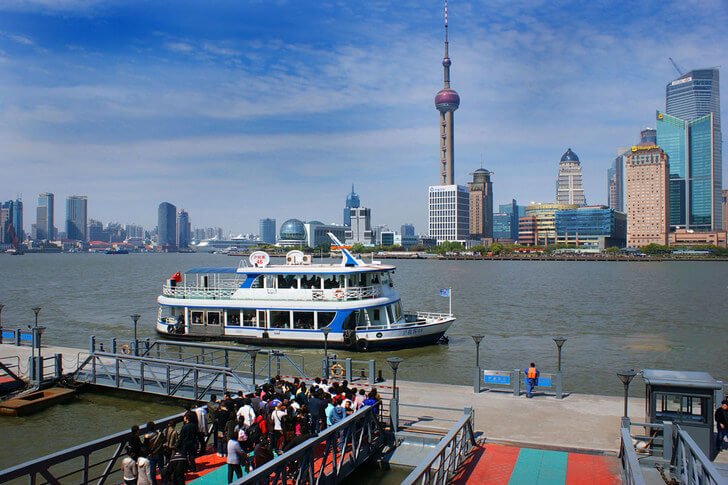Shanghai is a huge metropolis in which neighboring areas are often completely different from each other. Such diversity is a godsend for tourists: in one trip you can learn a lot of new and unusual things. The city is constantly changing, while relying on tradition. Therefore, both lovers of antiquities and fans of progress will find it fascinating.
The Huangpu River divides the city into two parts. The Pudong region, located on its eastern shore, is developing faster than others, as it has a special status. The highest skyscrapers are concentrated here. Excursion ships float along the river, observation platforms are open on high-rise buildings.
The old parts of the city are rich in Chinese flavor: museums with historical and cultural exhibits, avenues with architectural monuments and shopping streets where markets and boutiques are located side by side.
What to see and where to go in Shanghai?
The most interesting and beautiful places for walking. Photos and a short description.
- Pudong New Area
- Quay vaitan
- Nanshi old town
- Yu Yuan Garden
- Zhujiajiao ancient city
- French quarter
- Tianzifang District
- Nanjing street
- Oriental Pearl
- Shanghai tower
- Shanghai world financial center
- Jin Mao Tower
- Shanghai museum
- Jewish Refugee Museum
- Shanghai History Museum
- Shanghai natural history museum
- China Art Museum
- Propaganda Poster Art Center
- Automobile Museum (Shanghai Auto Museum)
- Shanghai Urban Planning Exhibition Center
- Jade Buddha Temple
- Temple of Confucius
- Longhuasa Buddhist Temple
- Jingansi
- Shanghai oceanarium
- Shanghai Circus World
- Happy Valley Amusement Park
- Disneyland
- Shanghai maglev
- Huangpu River
Pudong New Area
Located on the east coast of Huangpu. Received the status of a special economic zone in 1990. This allowed him to develop at an accelerated pace. In just a few years, new impressive skyscrapers have grown here. It is divided into 4 sectors: financial, export, customs, high technologies. Representative offices of many foreign companies are also located here.
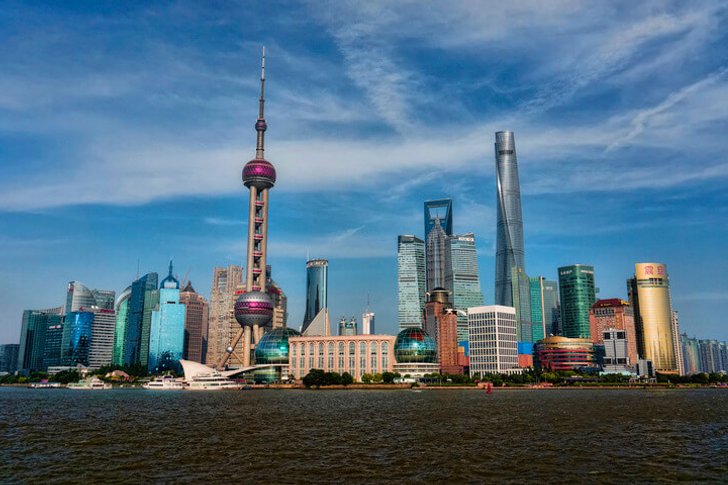
quay vaitan
Passes along the coast of Huangpu. The length is one and a half thousand meters. Its main feature is its exceptional architectural diversity. 52 of the existing buildings belong to different styles and time periods. Representatives of many foreign countries had a hand in their construction. Among the buildings there is also the "Russian Bank", dated 1901. On the other side of the river, the Pudong Free Economic Zone begins.
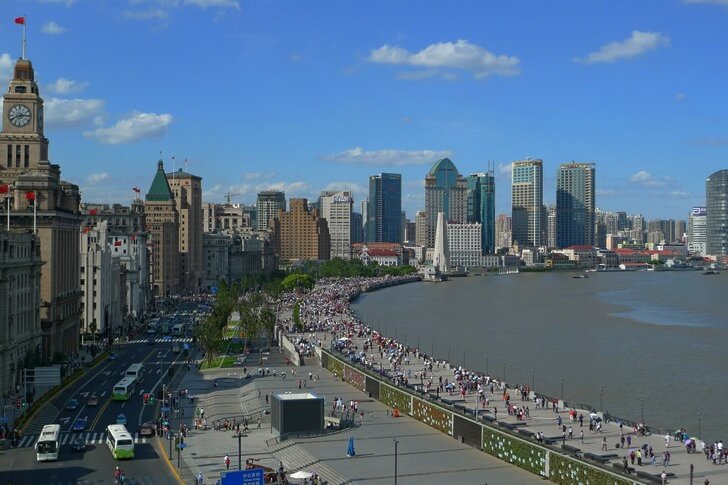
Nanshi old town
From this place, modern Shanghai began its development. Narrow streets, buildings of the 15th century, part of the protective wall have been preserved here. In the very center there is a traditional Asian bazaar and shops for every budget. Among other things, you can buy antiques. The best time to visit is Chinese New Year. Attractions: Tea House, City of God temple, pagodas.

Yu Yuan Garden
It has spread in the old districts of Shanghai since the 16th century. The translation of the name is "Garden of Joy". The area is about 4 hectares. The classic landscaping suffered during the colonial wars and uprisings. Refurbished in 1956. The garden is divided into 6 sectors, very different from each other. There are ponds, flower beds, bridges, galleries and shops. Since 1982, it has been one of the protected cultural monuments of China.
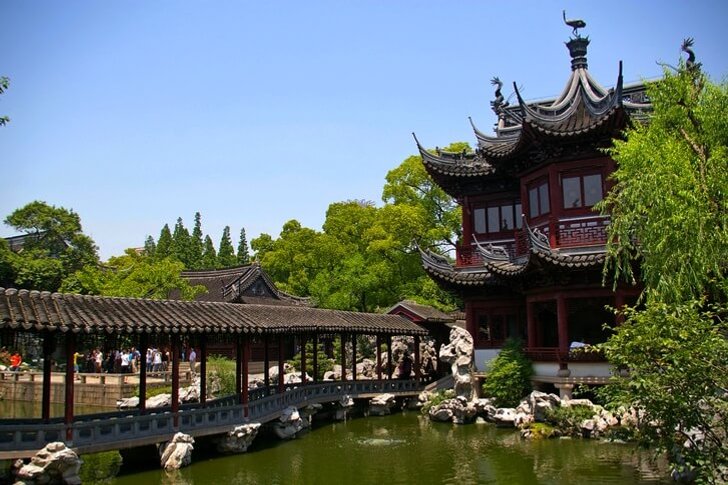
Zhujiajiao ancient city
It is located at the Dianshanhu Lake in the suburbs of Shanghai on the western side. It is also called the city on the water. 36 stone bridges span numerous canals. They have names, and each has an interesting real story or legend associated with it. Some streets can only be traveled by boat. Hiring a watercraft is not difficult - there are many offers, you can also have a guide who will give you a tour.
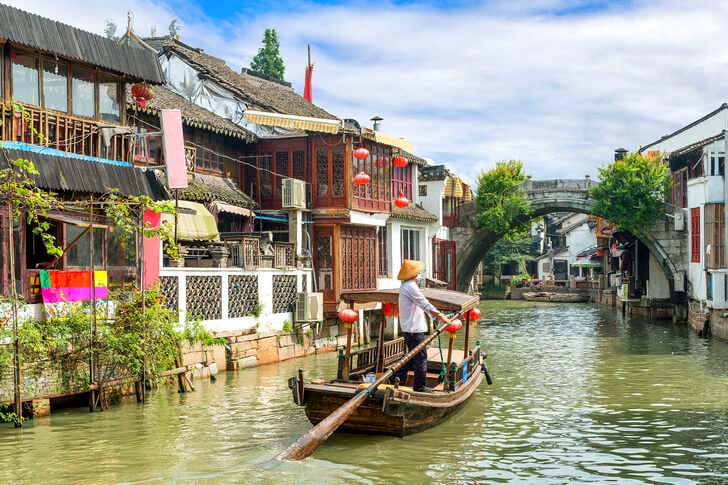
french quarter
Occupies the area around Huaihai Zhonglu Road and Jinjiang Hotel. At the beginning of the 20th century, the French concession was located here. Since then, houses and mansions have been rebuilt into shops and residential complexes, but for the most part they have retained their facades. Suitable for leisurely walks, century-old plane trees grow around. It is believed that the Chinese Communist Party was born in this quarter.

Tianzifang District
Among domestic tourists was called "Chinese Arbat". The area is quite old and in it the houses of the poor and beautiful restored buildings coexist. The intersecting streets are filled with merchants and shops. Here you can get around on foot or by bike. There are places to eat and traditional Chinese snacks are sold everywhere. Large restaurants and art workshops are also open.
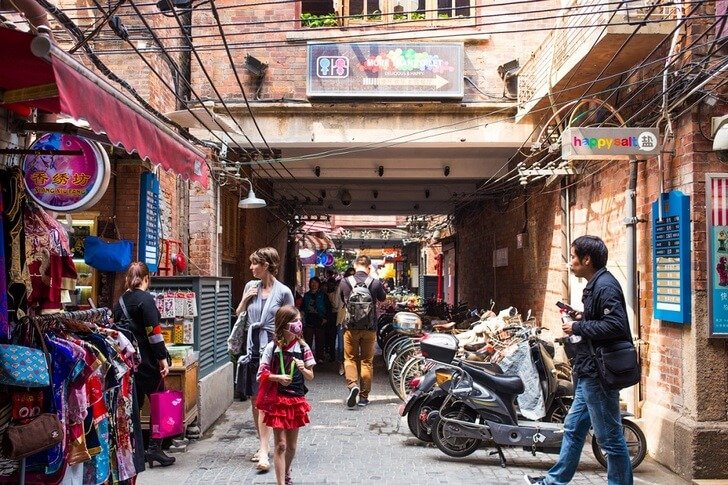
nanjing street
One of the busiest streets in the world. Main shopping street in Shanghai. Although it existed before, it began to take shape in its current form from the first half of the 20th century. Then the excitement began with the construction of 8 large department stores at once. Now there are about 600 shops on the street. Elite boutiques are located in the western part. The length is about 5 km, of which about 1.2 km is exclusively a pedestrian zone.

"Oriental Pearl"
The TV tower was opened in 1994. Height - 468 meters. One of the highest in Asia. The name is explained by architectural features: 15 different-sized spheres-pearls are located at different levels. Inside there are two observation decks with a glass floor: at a height of 263 and 360 meters. For convenience, there are 6 elevators. They can accommodate 30 to 50 people and take passengers from the first floor to the last in 40 seconds.
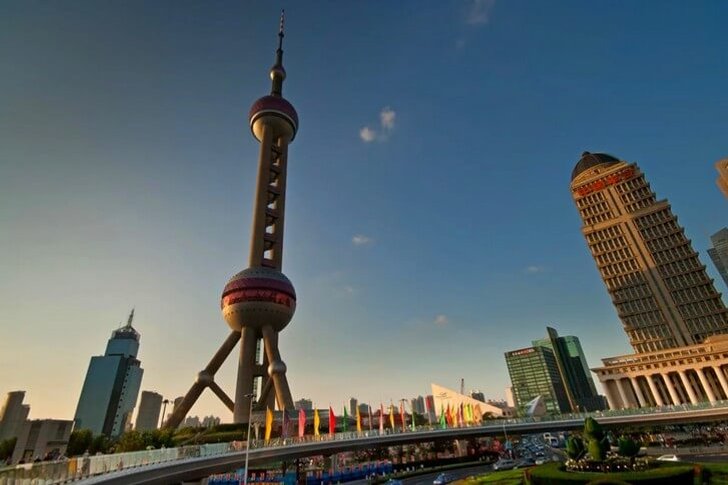
shanghai tower
Built in Pudong area by 2015. The number of floors is 130, the height is 632 meters, the area is 380 thousand m². The tallest building in China and the third tallest building in the world. Illuminated at night time. It has an interesting shape, as if twisting in a spiral up to the roof. Nearby are the equally impressive Shanghai World Financial Center and Jin Mao Tower.

shanghai world financial center
Construction was completed in 2008. The work was delayed for a decade due to the global financial crisis. The number of floors is 101, the height together with the roof is 492 meters. Because of its unusual shape, it received the popular name "opener". The building is able to withstand an earthquake up to 7 points. On each 12th floor there are special places in case of fires, where people can take shelter until rescuers arrive.
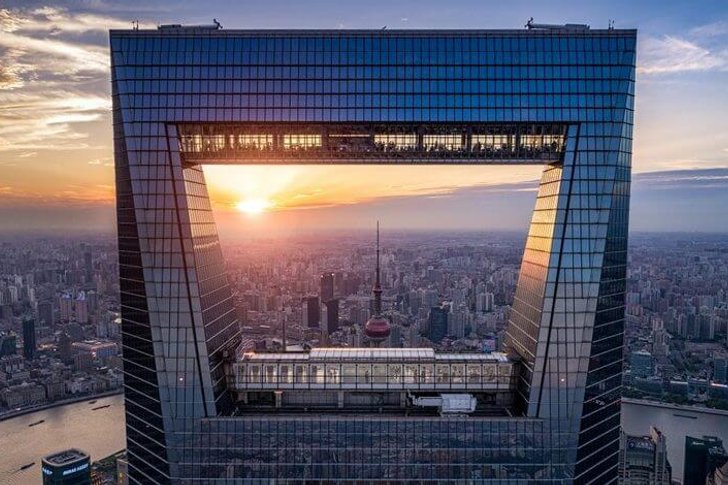
Jin Mao Tower
Construction started in 1994 and completed 4 years later. American architects led by Adrian Smith were responsible for the project. The architecture is dominated by classical elements with the addition of a Gothic style. The height with the spire is 421 meters. The number of floors is 88, of which more than 30 are occupied by a status hotel. On the top floor there is an observation deck for tour groups.
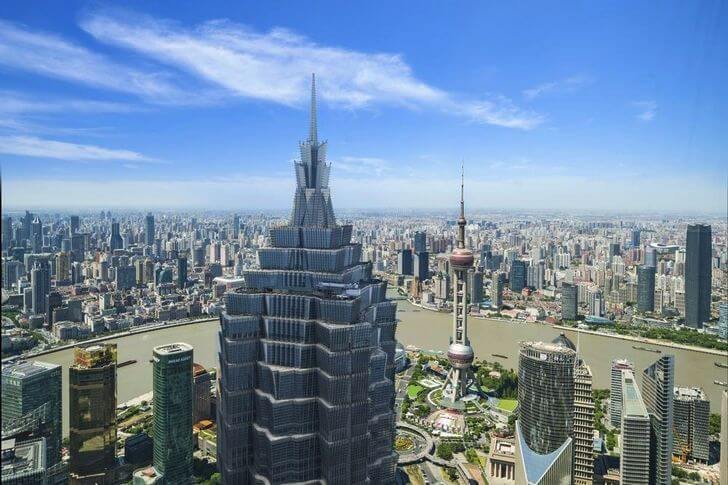
shanghai museum
People's Square is located in the center of the city. Significant entertainment events take place here, and government offices and cultural centers are concentrated around. One of them is the Shanghai Museum. Its goal is to preserve the ancient Chinese culture and convey its principles to the people. The exposition is distributed among 11 galleries and 3 exhibition halls. The building is square with a round dome. It symbolizes earth and sky.
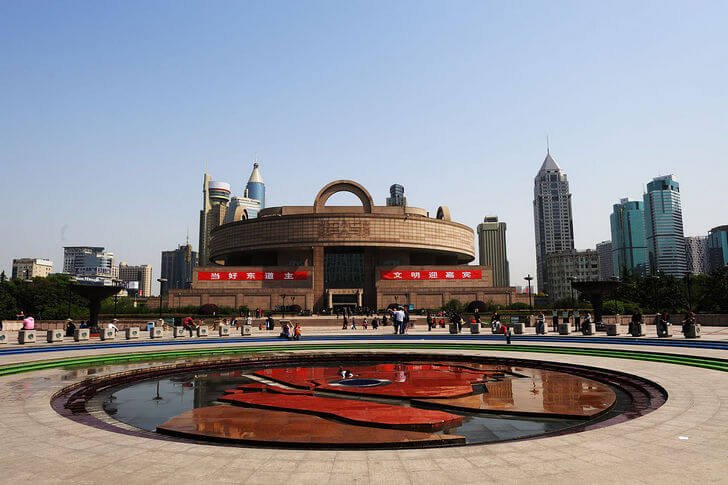
Jewish Refugee Museum
Located in the Hongkou area. During World War II, Shanghai received about 25,000 Jewish refugees who fled from Nazi persecution from different countries. The capital of China officially granted them asylum, unlike a number of other states. The building of the museum is the former synagogue Ohel Moshe. The exposition consists of documentary evidence, personal belongings of immigrants, archival photos.
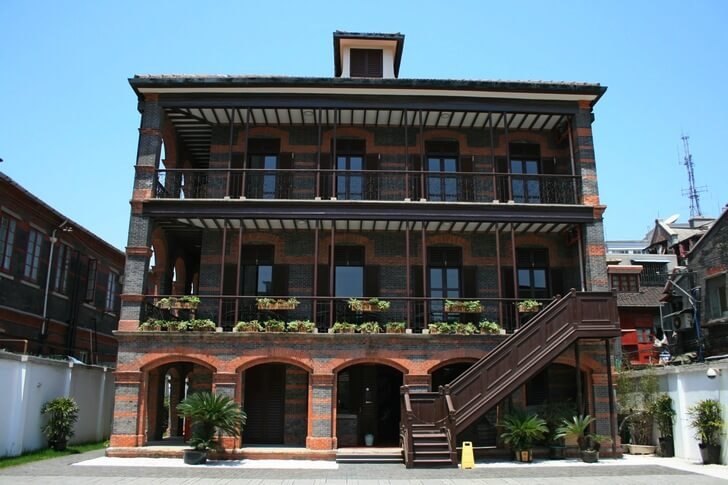
Shanghai History Museum
Year of foundation - 1983. The funds contain 30 thousand exhibits. In 2001, the museum temporarily moved to the first floor of the Oriental Pearl. Now housed in the Shanghai Race Club building. The exposition tells about the ancient stages of history, about the life of the townspeople, the construction of ports, foreign settlers, and the preserved traditions of Shanghai. Particularly valuable items: a huge jade screen, an ancient bronze cannon, embroidery "Flowers, insects and fish."
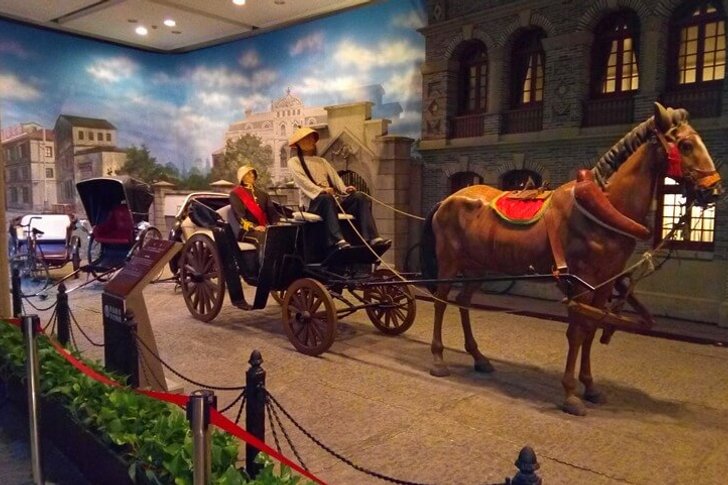
shanghai natural history museum
Founded in 1956. He occupied the premises of the Chinese cotton exchange. In 2015, it was moved to a purpose-built building in the sculpture park. The funds include 240 thousand units of storage. The museum is one of the largest in the world in its thematic category. The collection consists of samples of plants and animals, exhibits of the Stone Age, mineral deposits and even mummies.
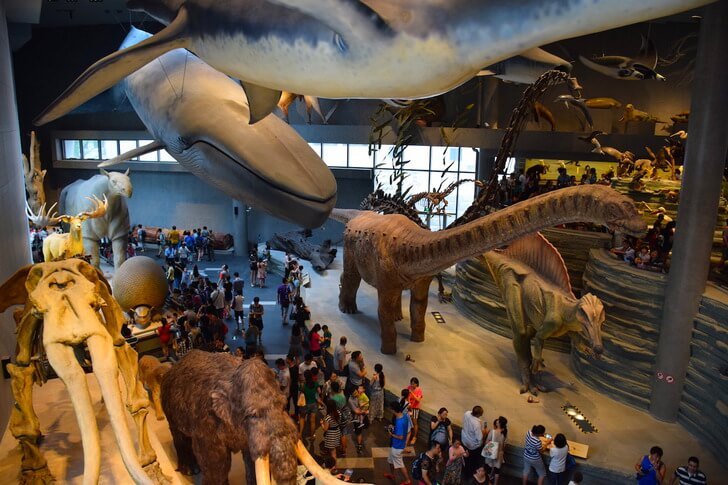
China Art Museum
Started as the Shanghai Art Museum in 1956. It was expanded and changed its name in 2012. The exposition was moved to a pavilion built for EXPO-2010. The exhibitions reflect all stages of the creative path of the artists of the Celestial Empire. Retrospectives are held not only of famous masters, but of those who have not yet made a name for themselves. Classical paintings from past centuries are also exhibited.
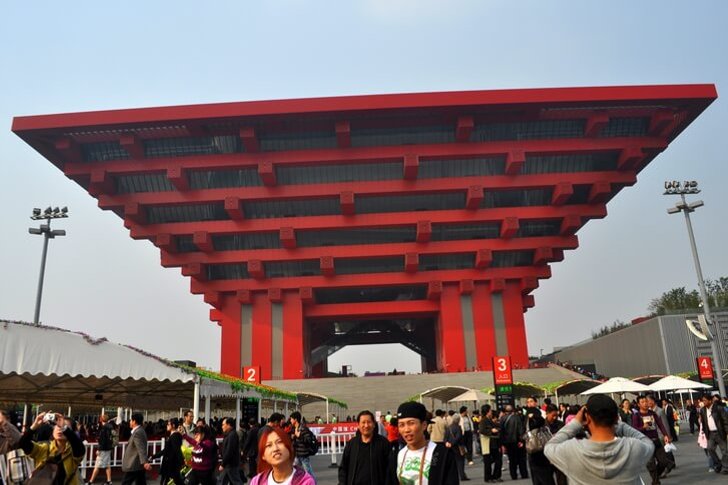
Propaganda Poster Art Center
A small private museum that has existed since 1995. The owner collects propaganda and patriotic posters from different periods. Especially a lot in his collection of posters from the Cultural Revolution. The museum is located in the French Quarter, which is no coincidence: the first communist cells were born here. The exposition is located in two basement halls of an apartment building.
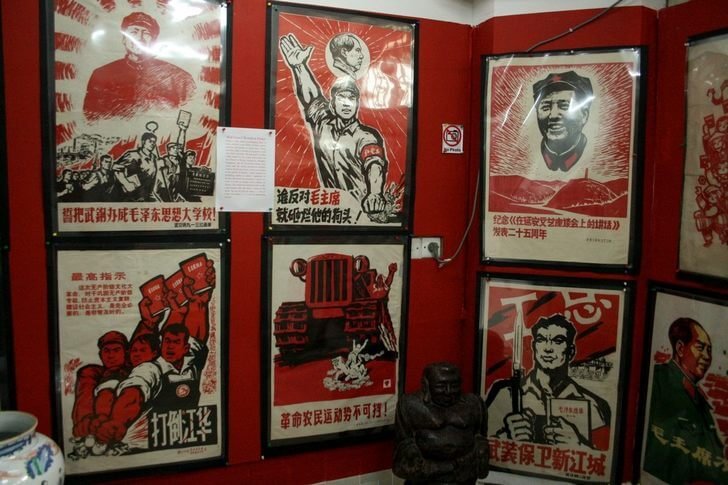
Automobile Museum (Shanghai Auto Museum)
It has been hosting visitors since 2007. The first museum of its kind in China. Exhibition areas occupy about 1.2 hectares. The exposition is divided into 3 pavilions according to sub-themes: history, rare cars, research in the field of the automotive industry. The number of retro cars in perfect condition in the museum's collection has already approached 50 pieces. A total of 20 manufacturers are represented here.
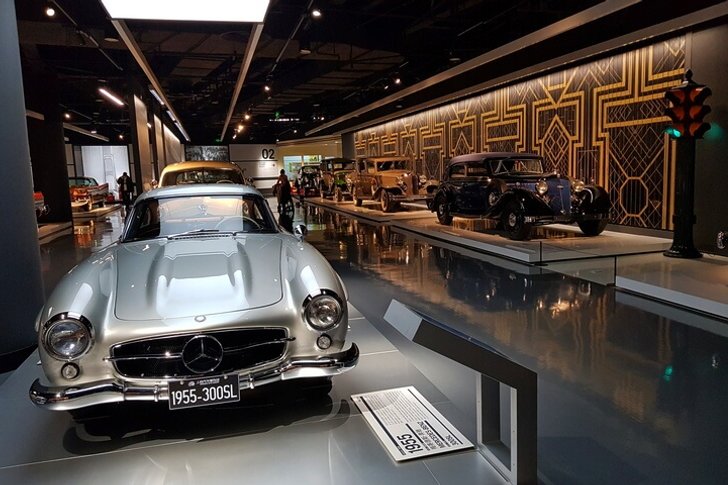
Shanghai Urban Planning Exhibition Center
Located on People's Square. The exposition is devoted to the development of the city, the history of its development and changes to the existing appearance. Thanks to photographs and models, you can compare the modern views of the city and how it looked in the past. There are also interactive tours of the virtual streets. Each floor has its own theme. For example, the 3rd floor is almost completely occupied by an impressive scale model of Shanghai.

Jade Buddha Temple
Founded in 1882. The most visited Buddhist temple in the city. The main value is two statues made from single pieces of jade. Their color is not the usual emerald, but light and delicate. About 70 monks live within the walls of the monastery. The height of the seated Buddha is just under 2 meters. It is richly decorated. The reclining Buddha is twice as low and adorned with jewels. The temple houses the Shanghai Institute of Buddhism.

Temple of Confucius
Known since 1294. However, it was rebuilt and restored, especially after the battles between government troops and rebels in the middle of the 19th century. It has existed in its current form since 1995. The only temple associated with Confucius in Shanghai. The complex hosts all sorts of events: from exhibitions to book fairs. Attracts tourists during religious holidays.
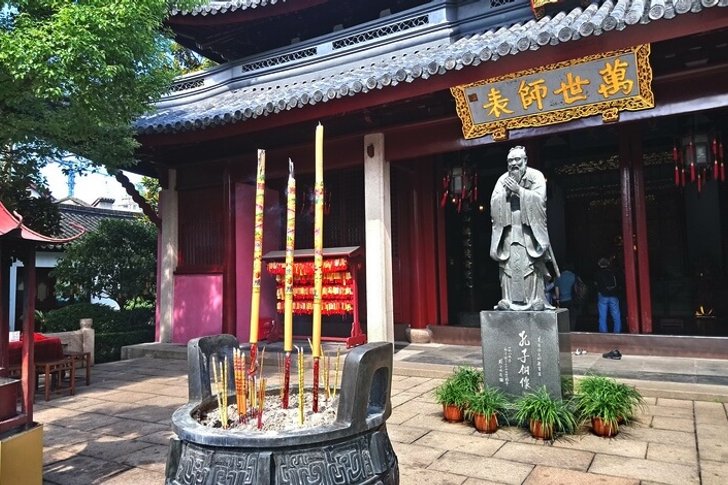
Longhuasa Buddhist Temple
The most famous temple in Shanghai. It occupies an area of more than 20 thousand m². Built in the III century, but was destroyed. In 977, it was restored and a pagoda 40 meters high was erected. Restored in the middle of the last century. In the halls of the Heavenly Kings, the Three Wise Men, the Abbot, Maitreya, the Great Sage, thematic statues are installed. The Tripitaka House was also erected here, where the Chinese Buddhist canon is kept.

jingansi
The temple and monastery complex was founded in the 3rd century on the banks of the Suzhou River. In 1216 it was moved to its current location. Another large-scale restructuring took place in the 80s of the XIX century. The complex includes 6 temples: Heavenly Kings, Jade Buddha, Good Deeds, Three Saints, Great Winner and Guanyin. The abbot's chambers were also built on the territory, stone sculptures and a bronze bell were installed.

shanghai oceanarium
Opened in 2002. All aquatic inhabitants, one way or another connected with China, live here. In addition, the main theme of the oceanarium is acquaintance with the underwater world of all continents. There are 28 zones in total. In each, a special system has been created depending on the conditions that the inhabitants need. For example, polar regions or sea depths are presented separately.
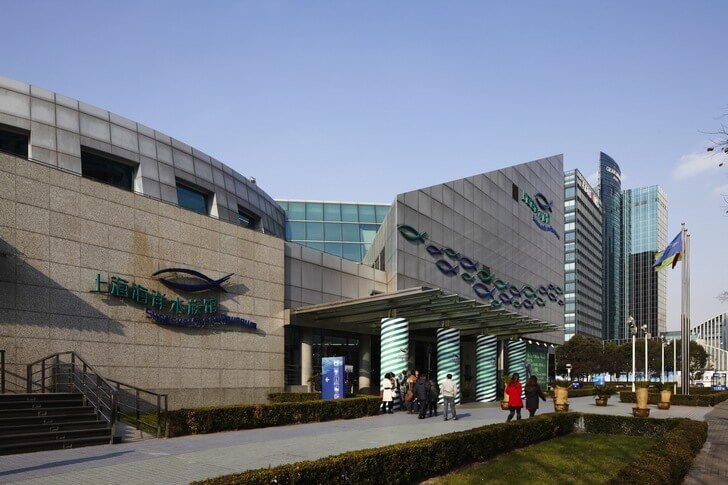
Shanghai Circus World
The Shanghai Circus is considered one of the best in China. Its program is diverse and includes different directions. There are 2 arenas: acrobatic and for animals. Modern sound and lighting equipment has been installed to give, including performances using illusion. On the territory of the World of the Circus, thematic events and exhibitions are held.
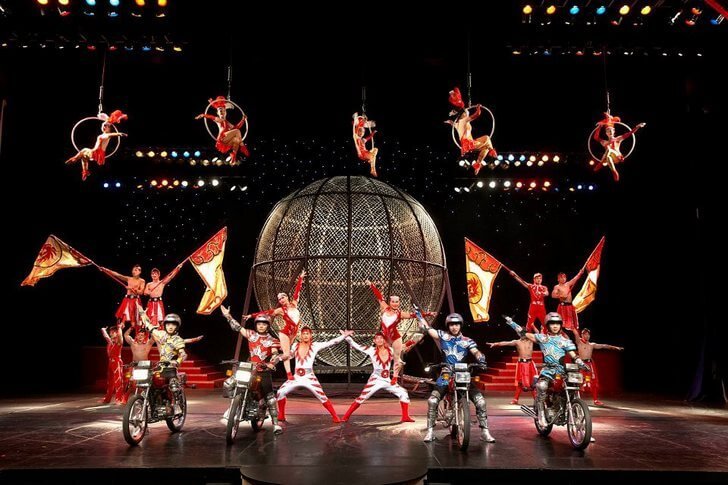
Happy Valley Amusement Park
Opened in 2009. It is located outside of Shanghai and is a very colorful place. There is a lot of greenery around, among which there are entertainment for every taste. There are also typical roller coasters, as well as adventures on the water. Entrance ticket - a pass to all attractions at once. Restrictions on individual attractions only for height and age - for the safety of vacationers.
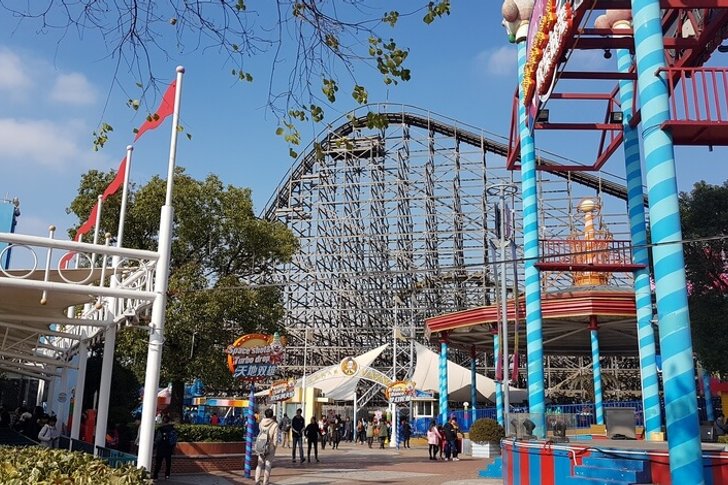
Disneyland
Opened in 2016. It is the first amusement park associated with the film industry in mainland China. Covers an area of 390 hectares in the Pudong area. It is divided into thematic zones, like all other Disneylands in the world. There is an avenue where parades are held, there is a shopping area with numerous shops. Popular rides: carousels with baby Dumbo, Treasure Bay, adventure based on Toy Story.
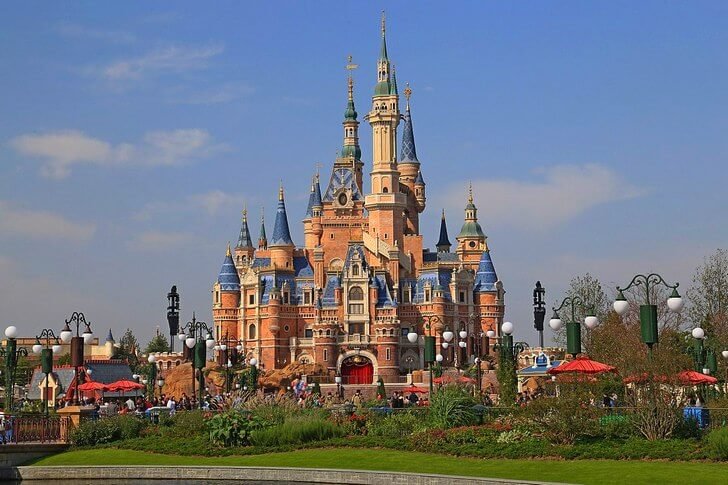
shanghai maglev
The fastest commercial maglev line opened in 2004. It is stretched between the Longyang Lu metro station and the airport in Pudong. With a top speed of up to 431 km/h, it travels 30 km in less than 8 minutes. There are projects to extend the road to other important urban facilities and even to other cities, but so far they are unprofitable: the network is already suffering losses.

Huangpu River
The longest of the crossings of Shanghai. The length is about 97 km, the average width is 400 meters. Divides the city into two parts: on the east bank is the Pudong district, on the west - the Puxi district. The river is important for tourism, as it is used by cruise ships with sightseeing tours. They last from 30 minutes to several hours. Also, its waters are used for household needs of the population.
